Optimal Timing for Roofing Services
Choosing the optimal time for roofing service can impact the quality and longevity of the work. Weather conditions, temperature, and seasonal factors play significant roles in scheduling roof repairs or installations. Understanding these factors helps ensure the best possible results and minimizes potential delays.
Spring offers moderate temperatures and longer daylight hours, ideal for roofing projects. It allows for efficient work and reduces the risk of weather-related delays.
Summer provides warm weather and dry conditions, suitable for roofing. However, high temperatures can pose safety concerns for workers.
Fall is considered one of the best times due to cooler temperatures and less rainfall. It allows for thorough inspections and repairs before winter.
Winter is generally less ideal due to cold temperatures and snow, which can hinder roofing work and affect material performance.

Spring weather conditions support effective roofing projects with moderate temperatures.

Warm and dry summer days facilitate roofing installations and repairs.

Fall provides optimal conditions for completing roofing work before winter arrives.
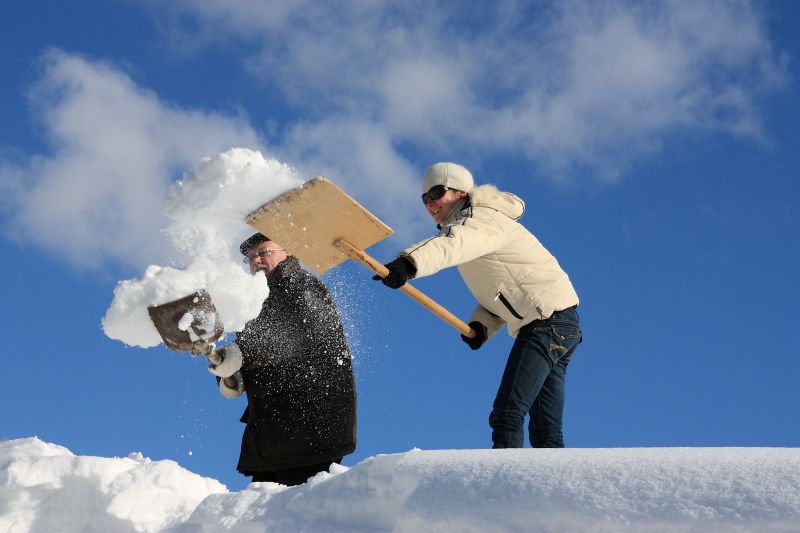
Cold and snowy conditions can delay roofing projects and impact material quality.
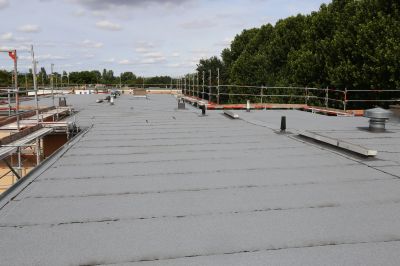
Ways to make Roofing Service work in tight or awkward layouts.

Popular materials for Roofing Service and why they hold up over time.
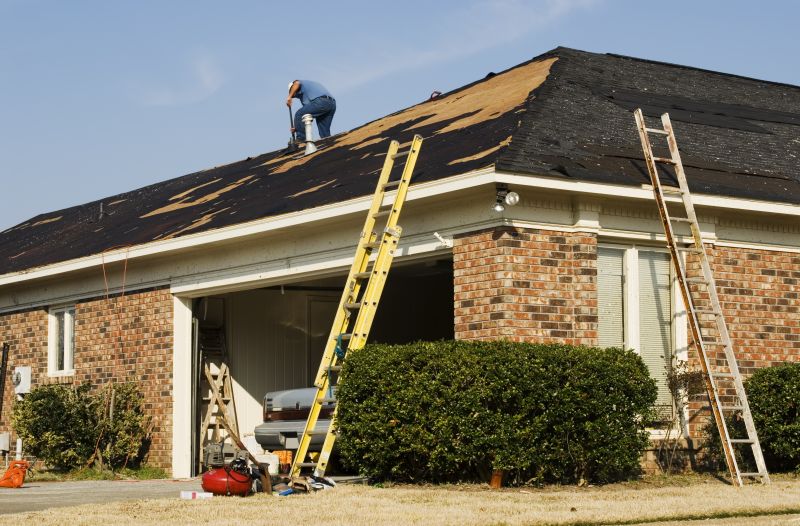
Simple add-ons that improve Roofing Service without blowing the budget.

High-end options that actually feel worth it for Roofing Service.
Roofing services encompass a range of activities including repairs, replacements, and maintenance. Proper timing ensures these services are performed under favorable conditions, which can extend the lifespan of the roof and prevent costly future repairs. Seasonal considerations are essential for scheduling to avoid weather-related issues and ensure safety.

Spring is ideal for inspecting and repairing roofs after winter damage.

Summer allows for thorough maintenance with minimal weather disruptions.

Fall is perfect for preparing roofs for winter weather with repairs and inspections.
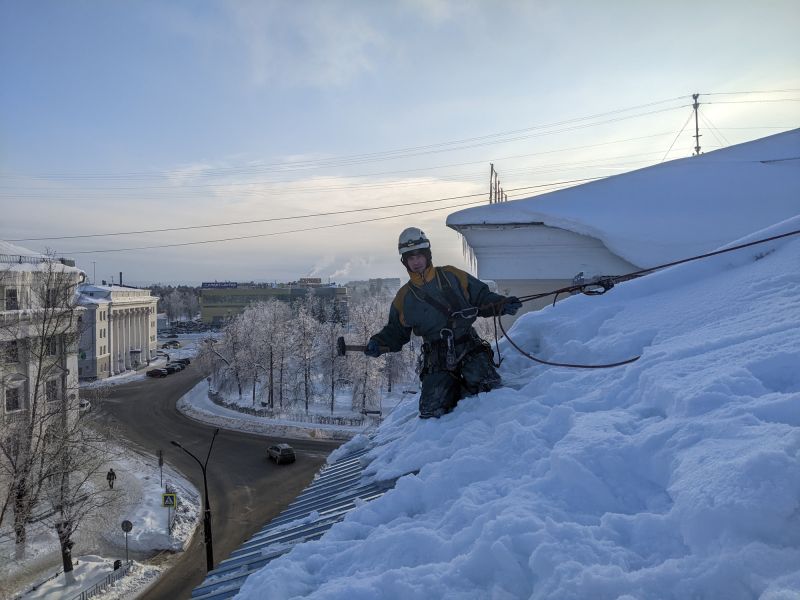
Winter requires caution due to potential snow and ice accumulation affecting work.

Finishes and colors that play nicely with Roofing Service.
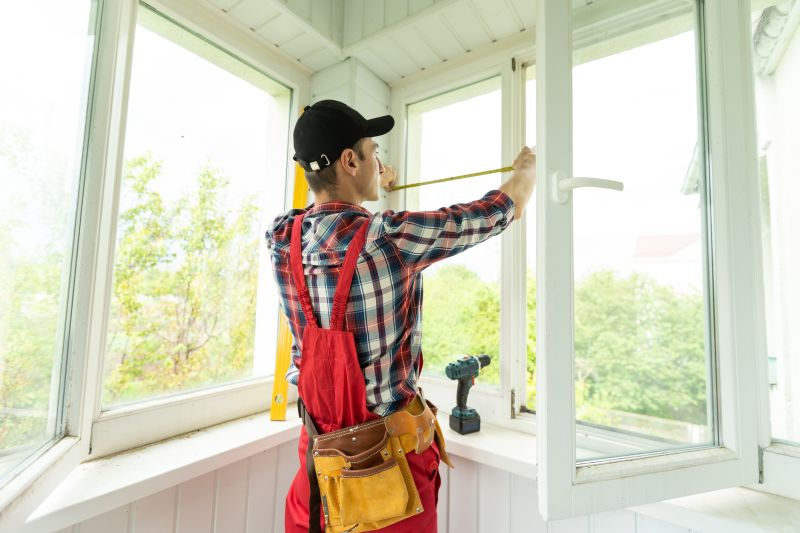
Little measurements that prevent headaches on Roofing Service day.

A 60-second routine that keeps Roofing Service looking new.

A frequent mistake in Roofing Service and how to dodge it.
| Season | Ideal for Roofing Service | Notes |
|---|---|---|
| Spring | Yes | Moderate temperatures support repairs and inspections. |
| Summer | Yes | Dry conditions facilitate installations but avoid peak heat. |
| Fall | Yes | Optimal for repairs before winter arrives. |
| Winter | Limited | Cold and snow can delay work and affect materials. |
Scheduling roofing services during the appropriate season can lead to better results and longer-lasting roofs. It is advisable to plan projects during periods with stable weather conditions to minimize risks and ensure quality workmanship.
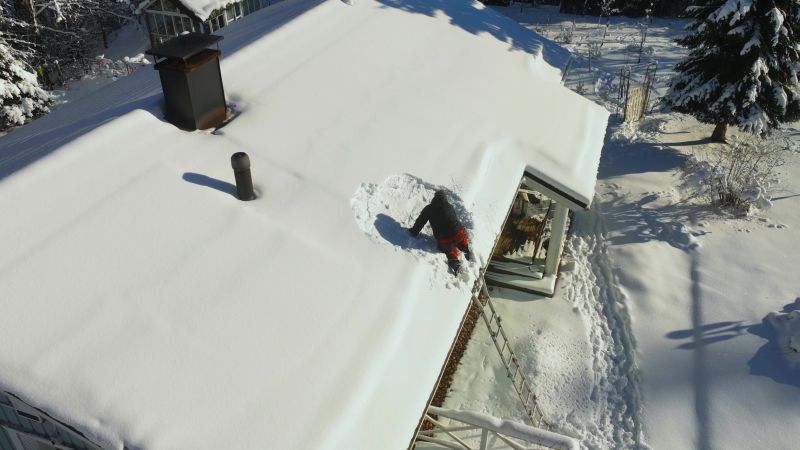
Clear weather supports efficient roofing work with minimal disruptions.
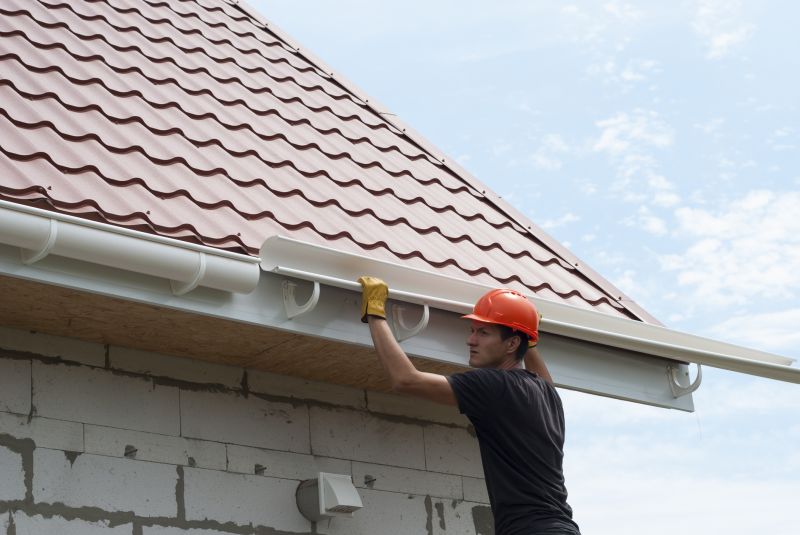
Rain can hinder roofing projects and cause delays; scheduling during dry periods is recommended.
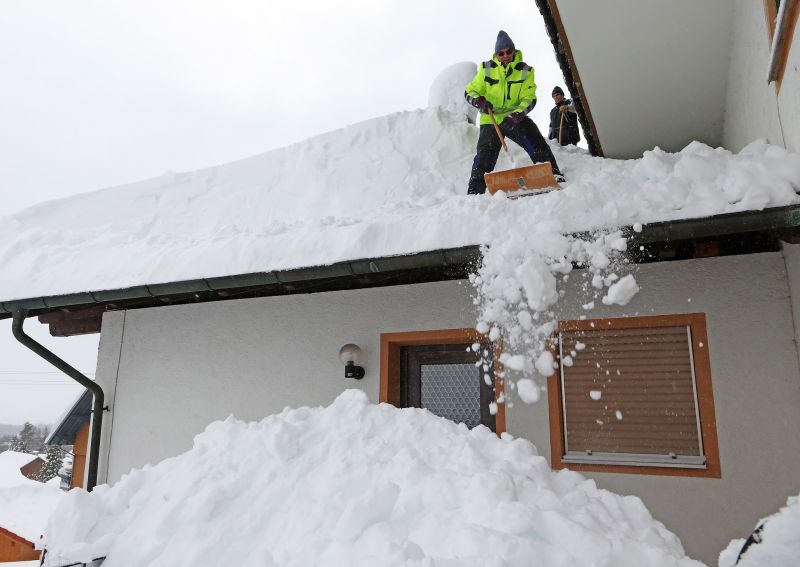
Snow and ice can complicate roofing work, making winter less suitable for such projects.
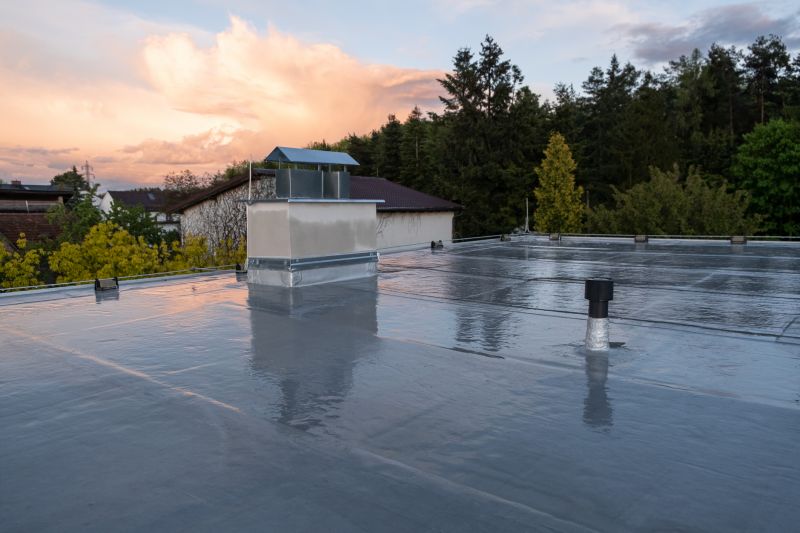
Ideal conditions include dry, moderate temperatures with low wind.

Small tweaks to make Roofing Service safer and easier to use.
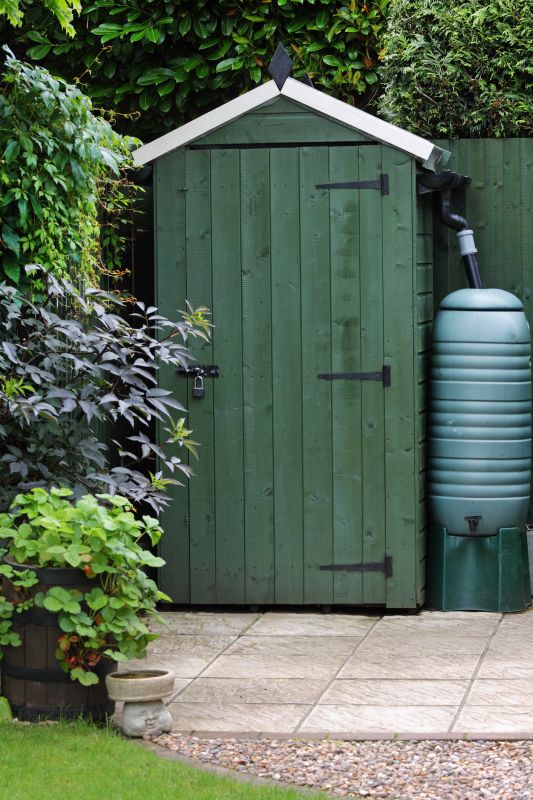
Lower-waste or water-saving choices for Roofing Service.

The short, realistic tool list for quality Roofing Service.
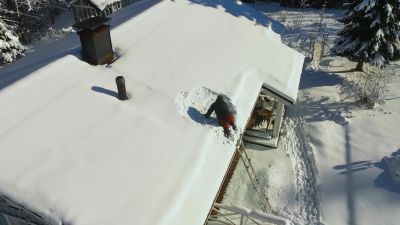
Rough timing from prep to clean-up for Roofing Service.
Understanding seasonal weather patterns and their impact on roofing services can help in planning and executing projects effectively. Proper timing ensures safety, quality, and durability of the roofing work performed.
Interested in scheduling roofing service? Filling out the contact form provides an opportunity to discuss timing options and ensure the project is completed under optimal conditions for the best results.
